| Foto | First Name | Last Name | Position |
|---|---|---|---|
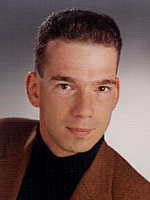 |
Marcus | Magnor | Graphics - Optics - Vision (Affiliated Independent Research Group) |
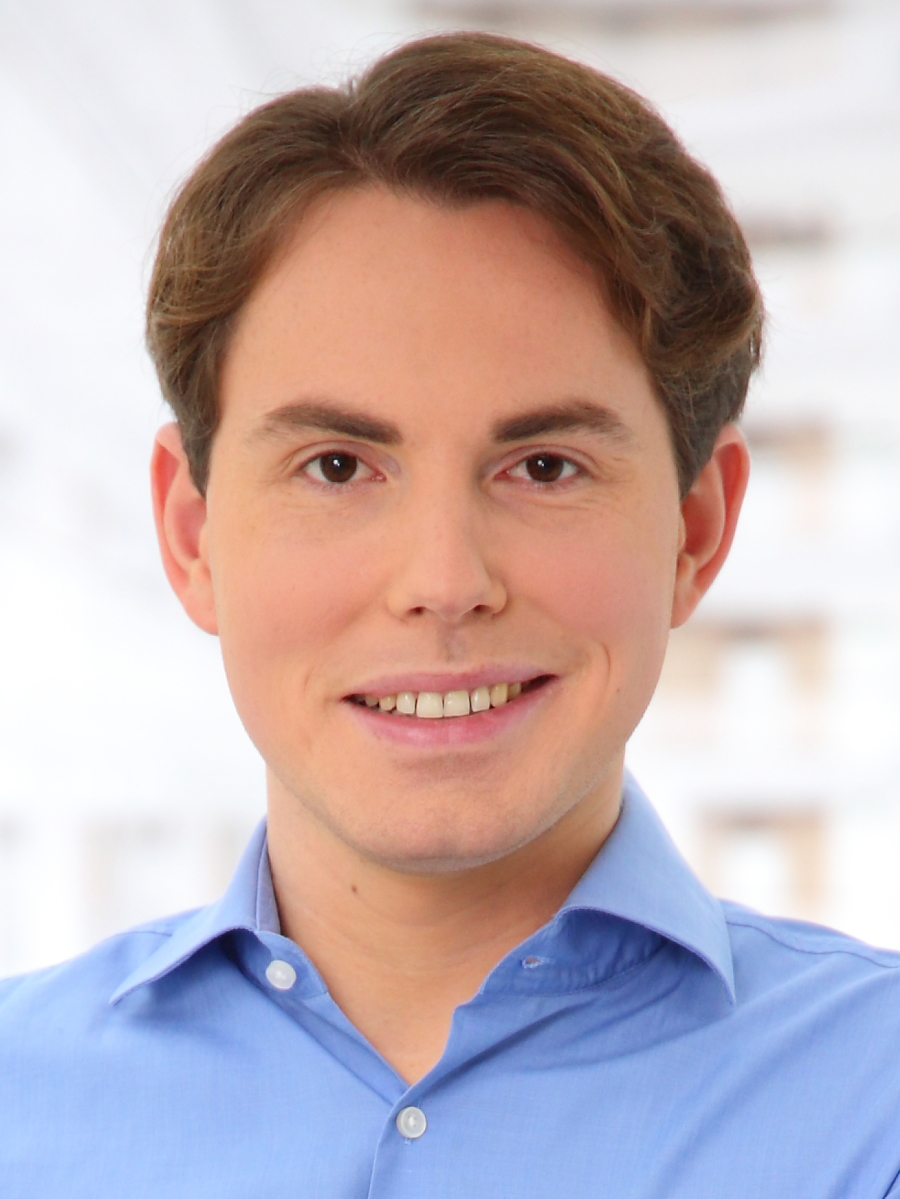 |
Dominik | Michels | High Fidelity Algorithmics Group |
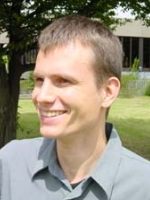 |
Meinard | Müller | Multimedia Retrieval |
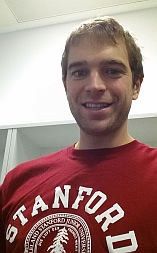 |
Matthias | Niessner | Semantics and Geometry |
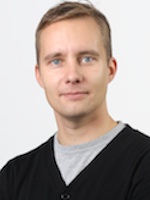 |
Antti | Oulasvirta | Adaptive Multimodal User Interfaces |
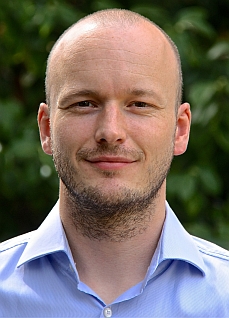 |
Sören | Pirk | Geometric Modelling |
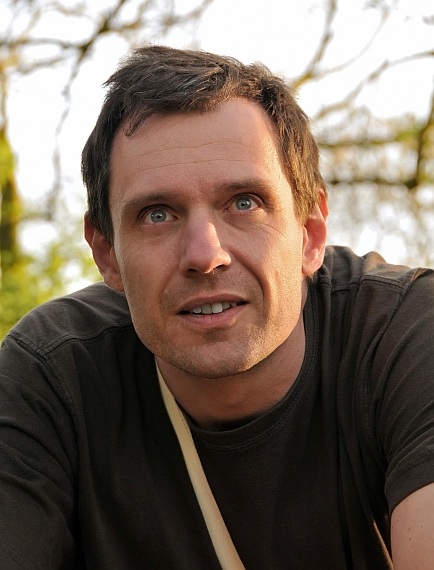 |
Erik | Reinhard | Color Image Processing |
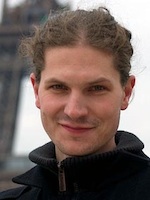 |
Tobias | Ritschel | Rendering and GPUs |
 |
Bodo | Rosenhahn | Marker-less Motion Capture |
 |
Bodo | Rosenhahn | Marker-less Motion Capture |
Researcher
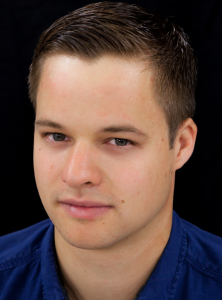 |
Dr. Michael Zollhöfer |
Visual Computing, Deep Learning and Optimization
| Name of Research Group: | Visual Computing, Deep Learning and Optimization |
| Homepage Research Group: | web.stanford.edu/~zollhoef |
| Personal Homepage: | zollhoefer.com |
| Mentor Saarbrücken: | Hans-Peter Seidel |
| Mentor Stanford: | Pat Hanrahan |
| Research Mission: | The primary focus of my research is to teach computers to reconstruct and analyze our world at frame rate based on visual input. The extracted knowledge is the foundation for a broad range of applications not only in visual effects, computer animation, autonomous driving and man-machine interaction, but is also essential in other related fields such as medicine and biomechanics. Especially, with the increasing popularity of virtual, augmented and mixed reality, there comes a rising demand for real-time low latency solutions to the underlying core problems. My research tackles these challenges based on novel mathematical models and algorithms that enable computers to first reconstruct and subsequently analyze our world. The main focus is on fast and robust algorithms that approach the underlying reconstruction and machine learning problems for static as well as dynamic scenes. To this end, I develop key technology to invert the image formation models of computer graphics based on data-parallel optimization and state-of-the-art deep learning techniques. The extraction of 3D and 4D information from visual data is highly challenging and under-constraint, since image formation convolves multiple physical dimensions into flat color measurements. 3D and 4D reconstruction at real-time rates poses additional challenges, since it involves the solution of unique challenges at the intersection of multiple important research fields, namely computer graphics, computer vision, machine learning, optimization, and high-performance computing. However, a solution to these problems provides strong cues for the extraction of higher-order semantic knowledge. It is incredibly important to solve the underlying core problems, since this will have high impact in multiple important research fields and provide key technological insights that have the potential to transform the visual computing industry. In summer 2019 Michael Zollhöfer joined Facebook. |
Researcher
- Name of Researcher
- Pierpaolo Baccichet
- Homepage of Research Group
- First Name
- Pierpaolo
- Last Name
- Baccichet
- Foto
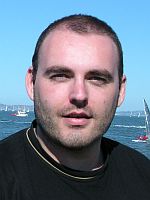
- Homepage
- www.linkedin.com/in/bacci
- Phone
- Position
- Distributed Media Systems
- Mentor in Saarbruecken
- Hans-Peter Seidel
- Mentor in Stanford
- Bernd Girod
- Categories
- Former Groups
- Research Mission
- Nowadays, several applications require the transmission of multimedia content to clients, possibly sparse all over the world. While multimedia data delivery presents very stringent requirements in terms of bandwidth, delay and jitter, today's networks often fail to provide the necessary "quality of service." Congestion and network failures could cause severe degradation in the quality perceived by the final users. In particular, the delivery of video content over an error-prone network poses some important challenges due to the predictive structure of compressed signal. In this case, an error affecting one image usually is usually propagated over several consequent pictures due to temporal prediction. The activity of this group is focused on the development of novel techniques for the transmission of compressed video to a large number of users either over the Internet or a wireless local area network. Group communication from one source to many destinations is often involved in the transmission of video over the Internet. In this scenario, the classical client-server architecture fails to scale with the number of clients attached to the system, mostly because of the fixed amount of outgoing bandwidth supported by the server. In this case, a peer-to-peer (P2P) network can be exploited to increase the performance. In fact, P2P networks provide a "zero-cost" and extremely flexible infrastructure for the delivery of multimedia content, since the amount of bandwidth available to each client allows the relay of the data to other peers in a distributed fashion. Obviously, the dynamics of P2P networks, join and leave frequency and the heterogeneity of the connections technologies still require a lot of research to develop stable solutions. Improvements may be introduced in the communication protocol, designing algorithms that ensure the connectivity without an excessive increase in terms of control overhead. Another interesting scenario is the transmission over a wireless network. In this case, the end-to-end delay can be low enough to allow to exploit network feedback. Information from lower levels in the network protocol stack can be used to dynamically adapt working parameters for both the source and the network coder. For instance, a network-aware rate control can be used to react to network congestion. These techniques are referred as "Cross-Layer" design, since they exploit the exchange of information among different layers in the network protocol stack. Finally, some novel solutions can also be introduced in the source coder to provide more "robust" representations of the signal. Techniques such as Forward Error Correction or Multiple Description Coding increase the resilience of the signal, providing a graceful degradation of the perceived video quality with worsening channel conditions.
- mission_rtf
- Name of Research Group
- Distributed Media Systems
Personal Info
- Photo

- Website, Blog or Social Media Link



